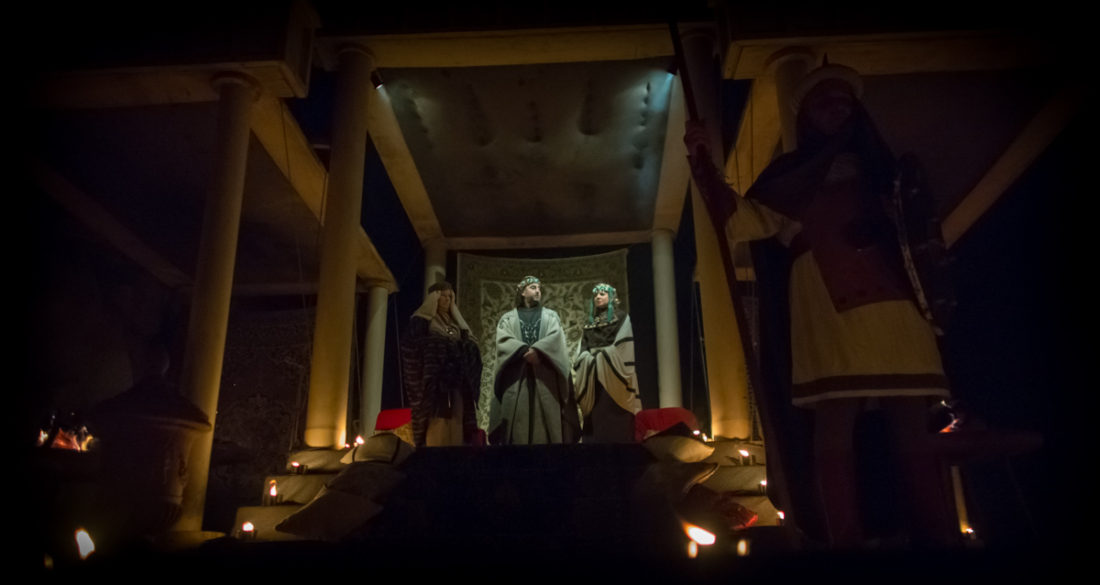
Lepers, donkeys, and baby Jesus
Around Christmas every year a surprising transformation takes place in the small hamlet of Le Ville. A cluster of nondescript, fairly modern houses, and the adjacent garden plots and fields, turn into ancient Jerusalem.
Our local Jerusalem is inhabited by Romans, slaves, shepherds, spice grinders, metal workers, basket makers, rug merchants, a colony of lepers, and more, along with cattle, goats, sheep, and donkeys. At the center is always a couple, accompanied by a newborn, a bull, a donkey and a couple of angels. It is the living nativity of Le Ville, or “presepe vivente.”
I grew up in a culture where Christmas is all about the tree. In Italy, the most important symbol is the nativity scene. They are more common than Christmas trees—there’s one in every church, most homes, and some businesses. I even spotted one in the deli case of the cafe at the train station.

A few towns have decided to take it further and create living nativities. In 2005, some people from the hamlet of Le Ville went to a living nativity over the border in Umbria and decided that they would create their own. They started work in July of that year, and according to the organizers, “worked incessantly, every afternoon, late into the night” to make the Christmas deadline. It was small but a success and has grown every year. This year around 10,000 people will come.
It’s the thing I look forward to the most over the holidays. There are over 200 volunteer participants in 50 scenes, lit by over 1,500 candles and numerous open fires, with music from Ben Hur playing over speakers. The path through it is a kilometer long. There’s a cantina halfway through serving olive-oil soaked bread toasted over an open fire, and pottery mugs of hot spiced wine. The sheer pageant of it sweeps me along—Italians have a special gift for spectacle—it is not surprise that opera was created here.
It also has a nice Tuscan practicality. It happens for five nights between December 26th and January 6th—it can’t start earlier because there wouldn’t be a baby Jesus. The three wise men don’t show up until the last event, on Epiphany or Twelfth Night (when they originally appeared). They enter with great fanfare and head to the manger.
The competition to be the sacred family is carefully managed by the organizers so as to not hurt any feelings. Couples who have recently given birth take turns, and Le Ville leads the way in gender equality with three of the five babies this year being girls. Also, parents are parents—you don’t need to be married to be Mary and Joseph.






No Comments